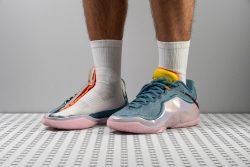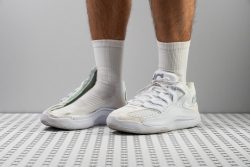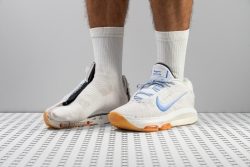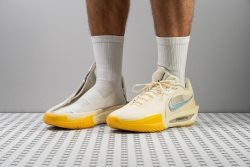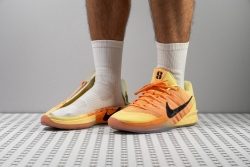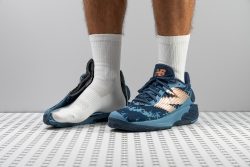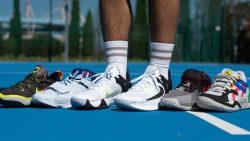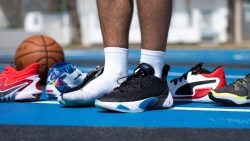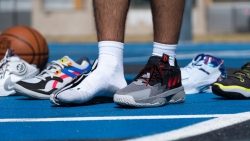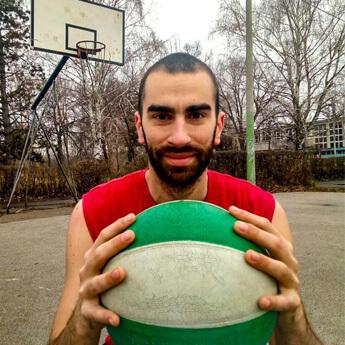7 Best Basketball Shoes in 2025
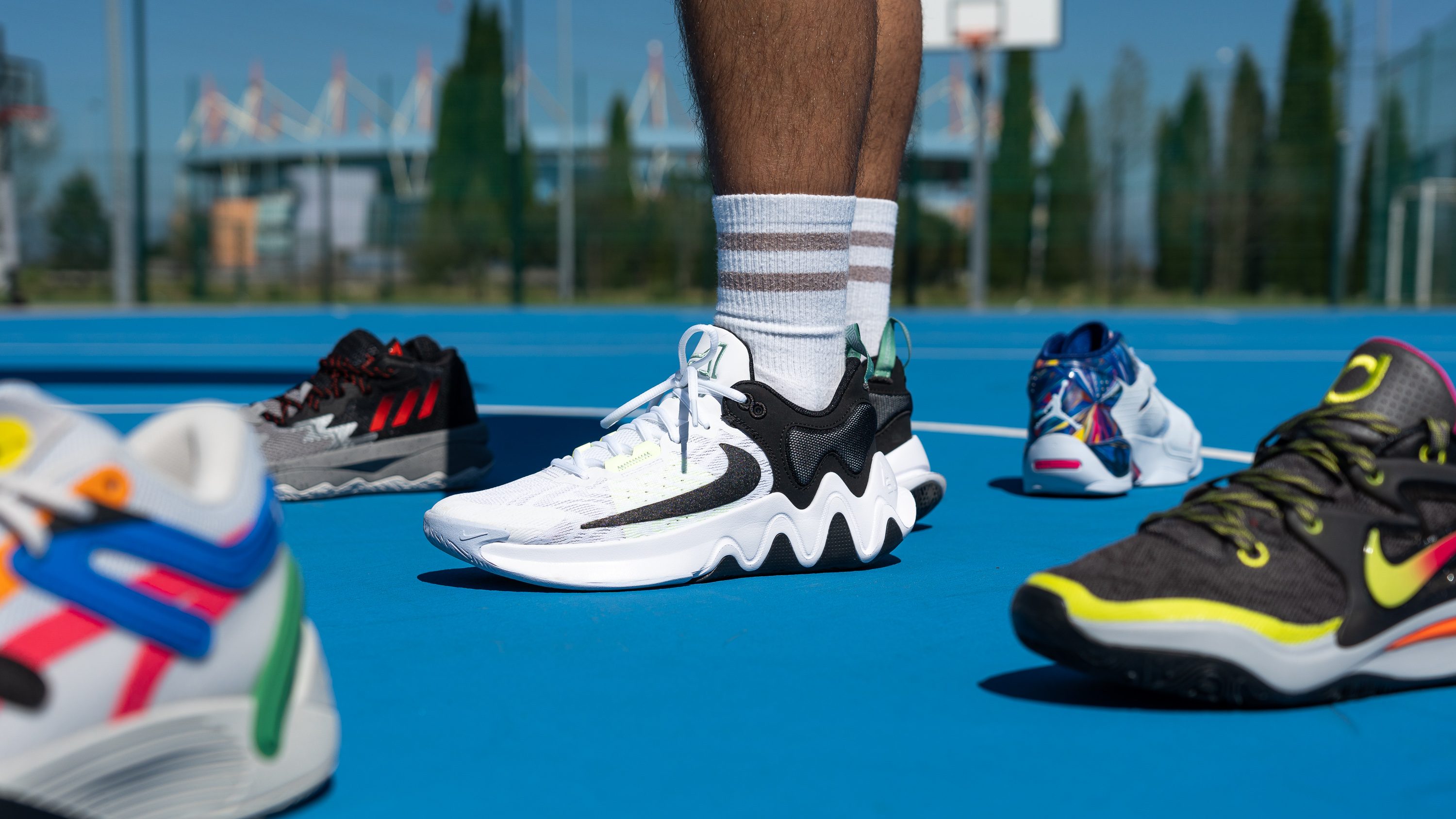
We buy shoes ourselves. We earn commissions when you buy through us, at no extra cost. Why trust us
Basketball involves running, jumping, quick stops, and abrupt direction changes. Regular athletic trainers can support some of these movements, but only the right basketball shoes can handle them all.
Some hoop shoes are perfect all-rounders and are suitable for most playing styles and positions, while others excel in a specific characteristic like grip or cushioning. With numerous options available on the market, we are here to guide you in choosing the best option that matches your needs and preferences.
After thoroughly testing basketball shoes in our lab and on the court, we highlighted the best picks across different categories.
How we test basketball shoes
To come up with our list of the best basketball shoes:
- We purchase the shoes with our own funds so that we can proceed to review them with total fairness.
- We play and hoop in these shoes on both indoor and outdoor courts.
- Last but not least, we put these pairs through over 20 lab tests, where we dissect and scrutinise them more deeply.
In our reviews, you can find the result of this approach: what a combination of personal tests and lab tests delivers.
Best basketball shoes overall
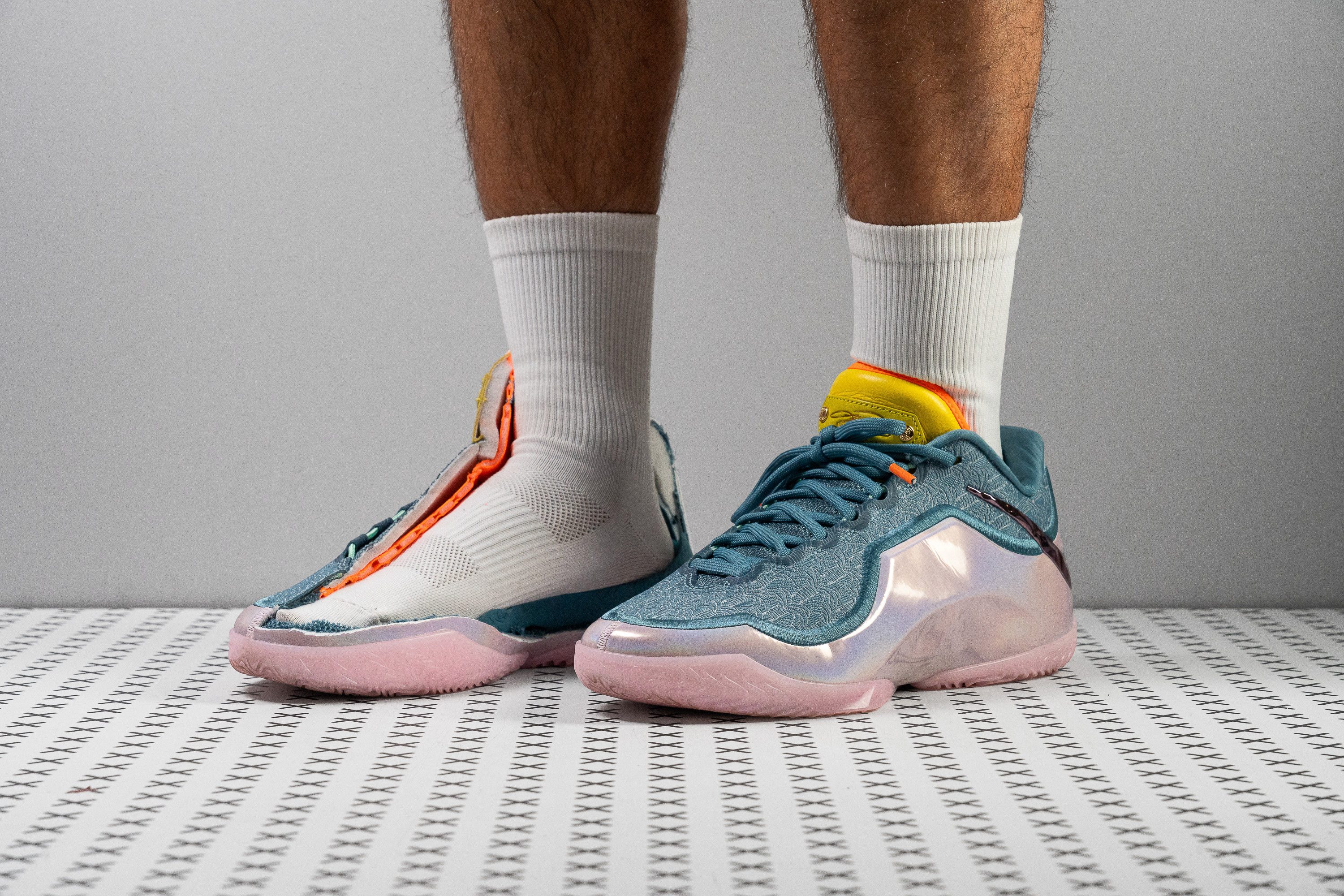












































What makes it the best?
Pros
- Outstanding energy return
- Excellent shock absorption in the heel
- Fantastic outsole traction
- Top-tier stability and ankle support
- Highly secure foot lockdown
- Exceptional durability
- Decent flexibility given the design
- True to size and width
Cons
- Still one of the heaviest
- Not for outdoor courts
- Extremely low toebox height
- Not breathable
- Rapid price increase
Basketball shoes with the best traction
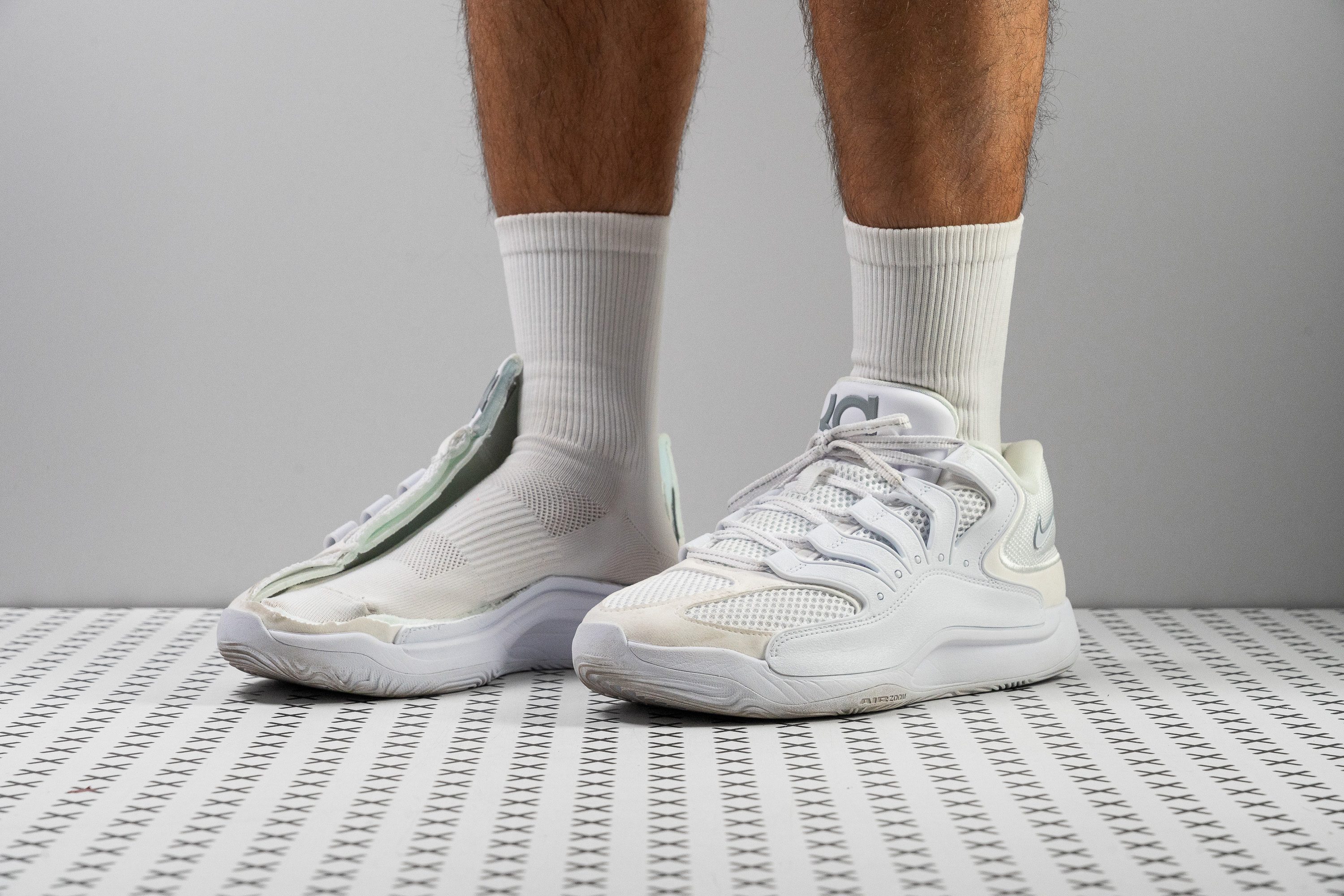











































What makes it the best?
Pros
- Excellent shock absorption
- Propulsive energy return in the forefoot
- Superb outsole traction
- Solid ankle support and lateral stability
- Secure lockdown and containment
- Comfortable step-in feel
- Good breathability for warm temperatures
- Decent forefoot flexibility
- Promising durability (okay for outdoor courts)
Cons
- Heavier than average
- Not for wide feet
- No major updates from KD 17
Basketball shoes with the best shock absorption
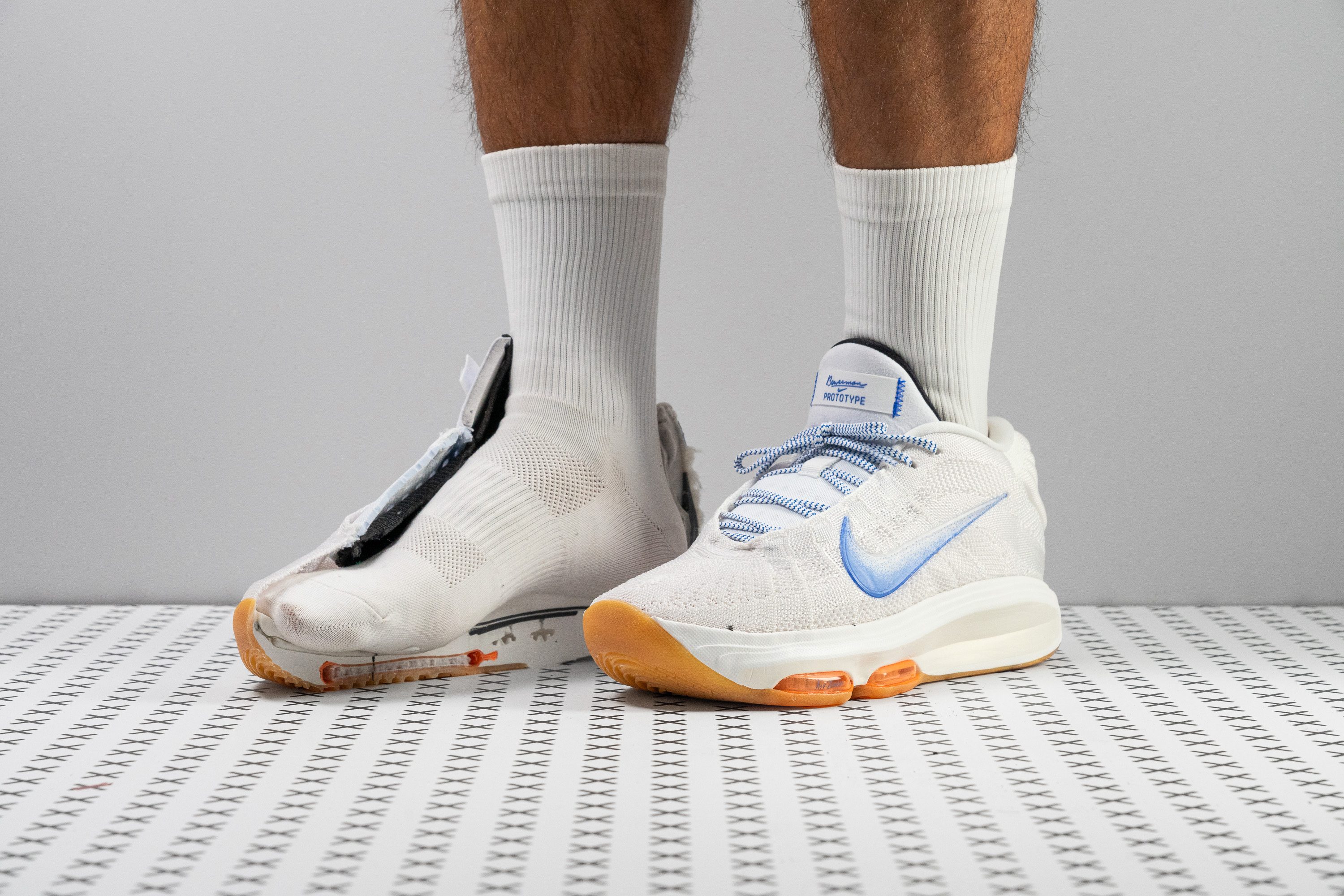


























































What makes it the best?
Pros
- Unmatched explosiveness with Zoom Air
- Unbelievable impact protection
- Great heel counter support
- Lightweight design
- Incredibly breathable
- Good traction
- Good upper durability
- Generously padded interiors
- Pretty comfortable
Cons
- No ground feel
- Might feel unsafe for light players
- Expensive
Basketball shoes with the best energy return
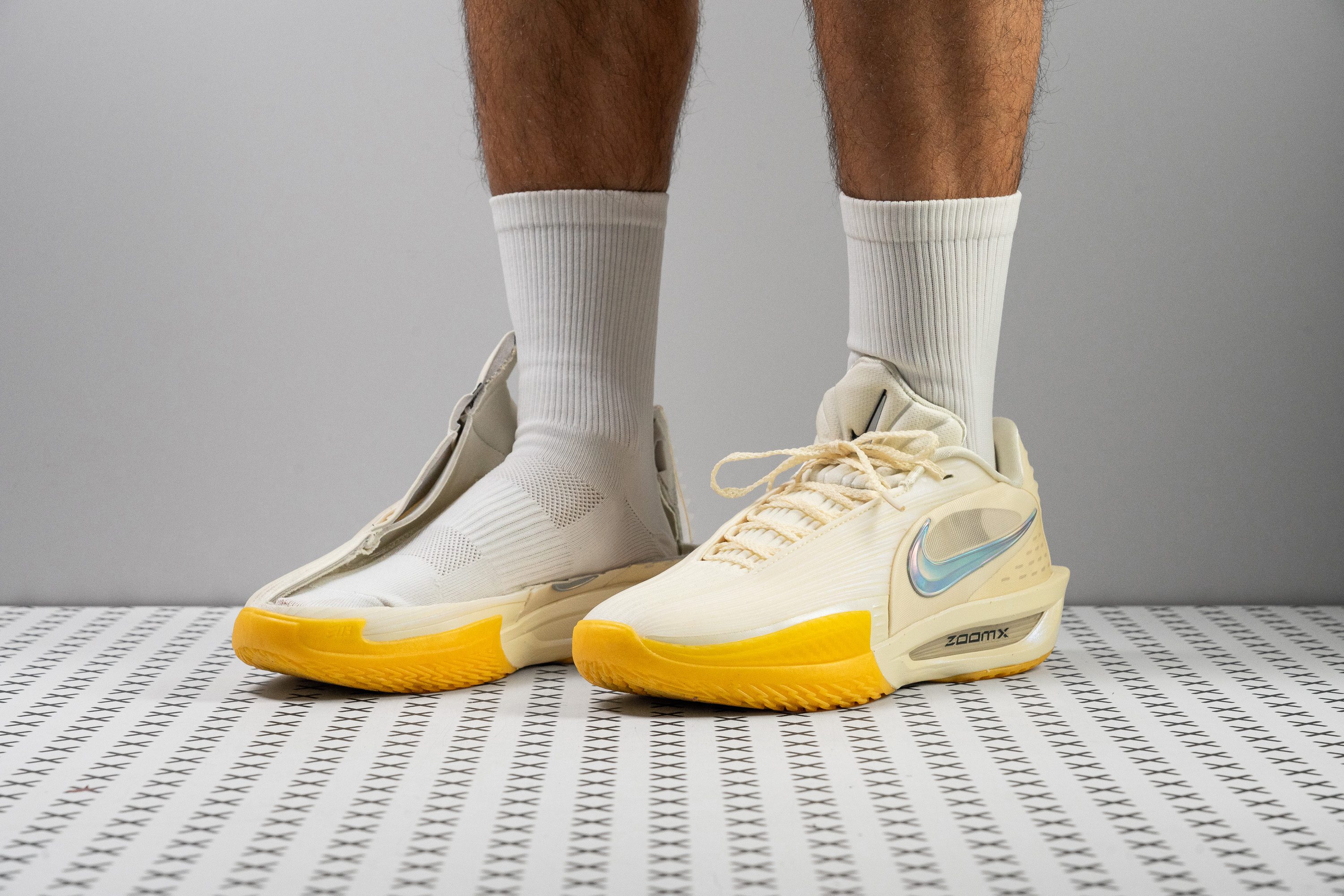













































What makes it the best?
Pros
- Record-breaking energy return with ZoomX
- Significant improvement in lateral support
- Soft and comfortable step-in feel
- Excellent heel and midfoot containment
- Feels highly agile and nimble
- Fantastic outsole grip
- Lighter than average
Cons
- Below-average shock absorption
- Disappointing durability for the price
- Lacks breathability
Best lightweight basketball shoes
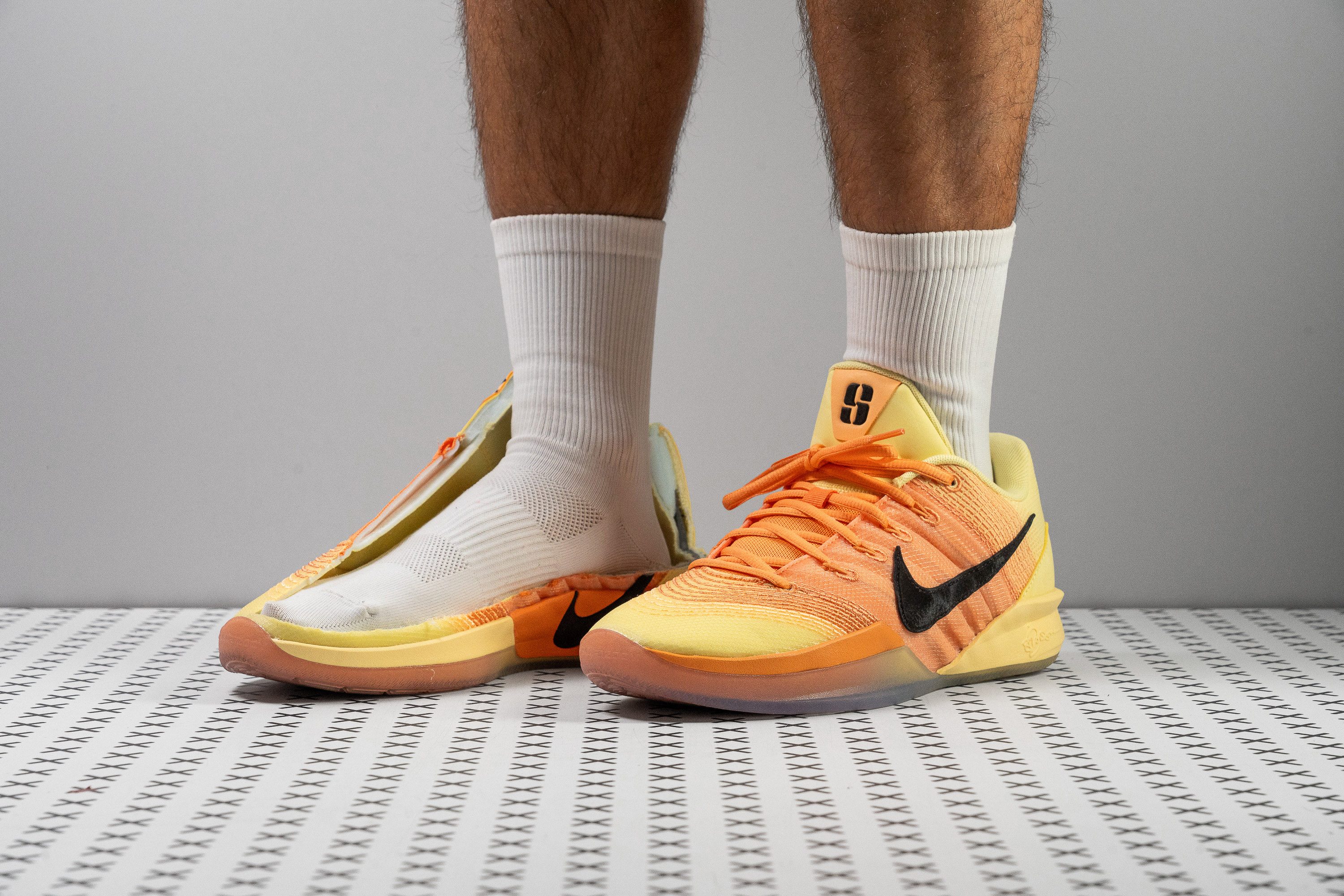














































What makes it the best?
Pros
- Stellar court feel from a grounded platform
- Highly responsive with a propulsive forefoot
- Excellent side-to-side stability
- Amazing lockdown and containment
- Reliable outsole traction
- Super flexible and manoeuvrable
- Much lighter than average
- True to size and width
Cons
- Low shock absorption
- Not for outdoor courts
- Not for wide feet
- Lacks toebox durability
Basketball shoes with the best ankle support
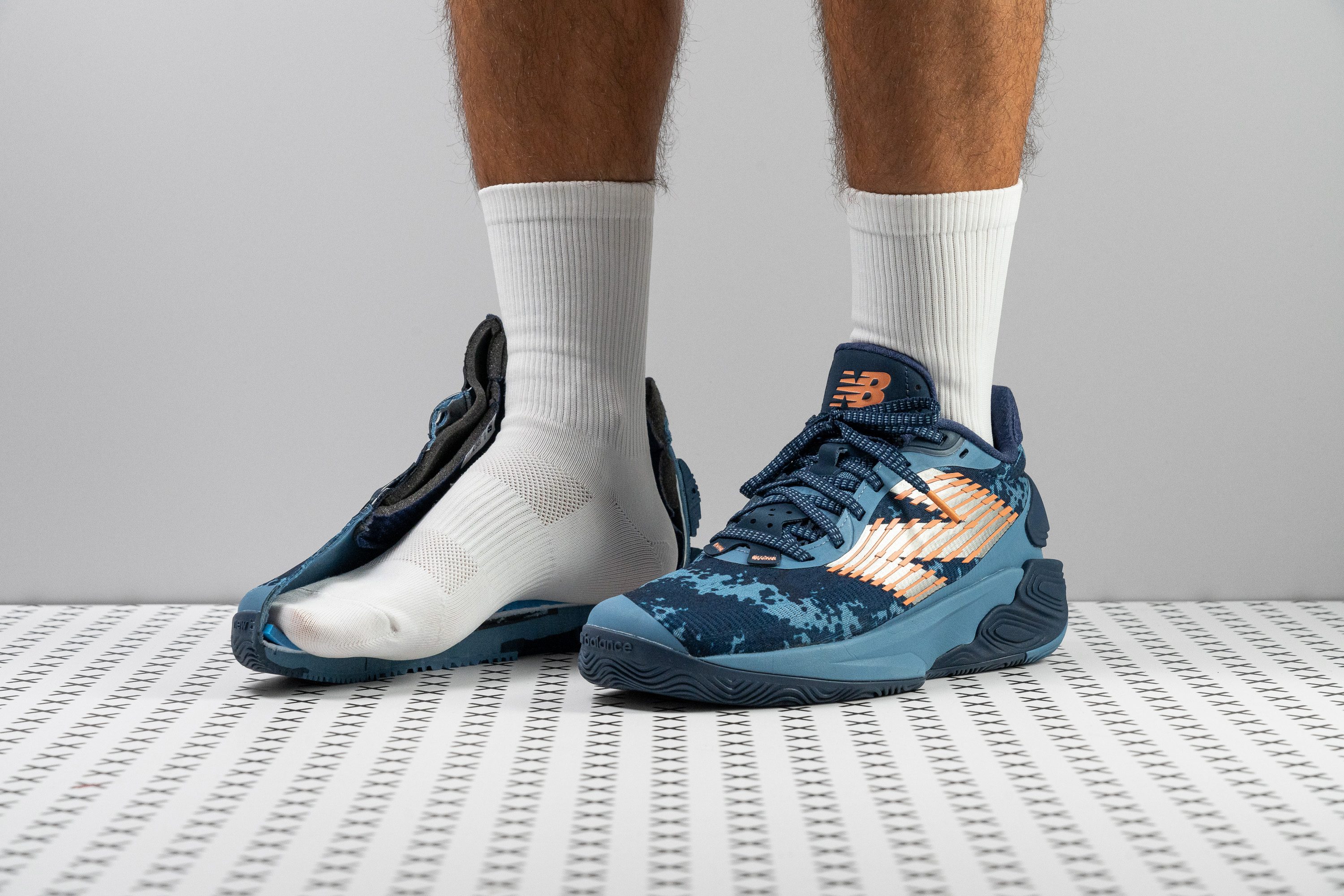






















































What makes it the best?
Pros
- Wonderful foot containment and lateral stability
- Excellent shock absorption
- Very supportive underfoot
- Comfortable and soft
- Okay to play streetball from time to time
- Super versatile
- Wide and stable platform
- Optimal and consistent traction
Cons
- Might need a break-in period
- No court feel
- Not many updates from v4
Best budget basketball shoes






















































What makes it the best?
After thoroughly analysing the Immortality 4 inside and outside our lab, we can say it’s the best budget hooper we’ve seen so far. Its solid structure and positionless design make its affordable price tag hard to believe, as it doesn’t feel like a cheap pair at all!
During our wear tests, we felt really supported and stable, which matched our quicker playstyle. We verified it in our lab after checking its torsional rigidity and heel counter stiffness, as it got the highest score on both tests (5/5). But that’s not all, as these Nikes feature a shank and an incredibly wide midsole in the forefoot. When we measured it, our calliper returned 124.5 mm; almost 10 mm more than average!
The best part of it all is that this solid structure didn’t add unnecessary weight. This Giannis pair felt quick on-foot, and our scale agreed, as it returned 12.6 oz/356g when we took the shoe to our lab. This makes it way lighter than average, which is always convenient!
Lastly, even though its outsole offers great traction on any surface, we don’t think you should use this hooper to play streetball. Our Dremel dealt significant damage to its rubber, which means it won’t last long if it's exposed constantly to abrasive urban surfaces.
Pros
- Excellent value for money
- Lots of impact protection
- Fantastic stability and support
- Wide landing platform
- Incredible lock-in feel
- Pretty speedy on foot
- Great outsole grip
- Super versatile (positionless)
Cons
- Not for streetball
- Not for streetball
- Not for streetball
Why get basketball shoes?
Logic says that because basketball involves a lot of running, it’s OK to play in your trusty running shoes. They’ve got traction. They’ve got a cushion. They even promise durability. But are these in the right amounts?
As opposed to running shoes, good basketball shoes provide the following:
- great multi-directional traction
- more lateral and ankle support
- more stable and grounded cushioning
Great multi-directional traction
Basketball needs good traction because of the complex footwork that it requires. There are quick stops, jumping, and a lot of lateral actions. These are high-intensity movements that a shoe designed for running is not prepared for.
More lateral and ankle support
A good basketball shoe withstands immense pressure from aggressive movements. The extra torsional stiffness and higher, more padded collar make this possible.
More stable and grounded cushioning
Because of the complexity of their footwork, basketball players need to feel the court.
Having a tonne of plush cushioning underfoot can lead to dangerous movement miscalculations, slips, and falls. That's why basketball shoes on average have thinner, firmer, and flatter (non-rockered) midsoles compared to running shoes.
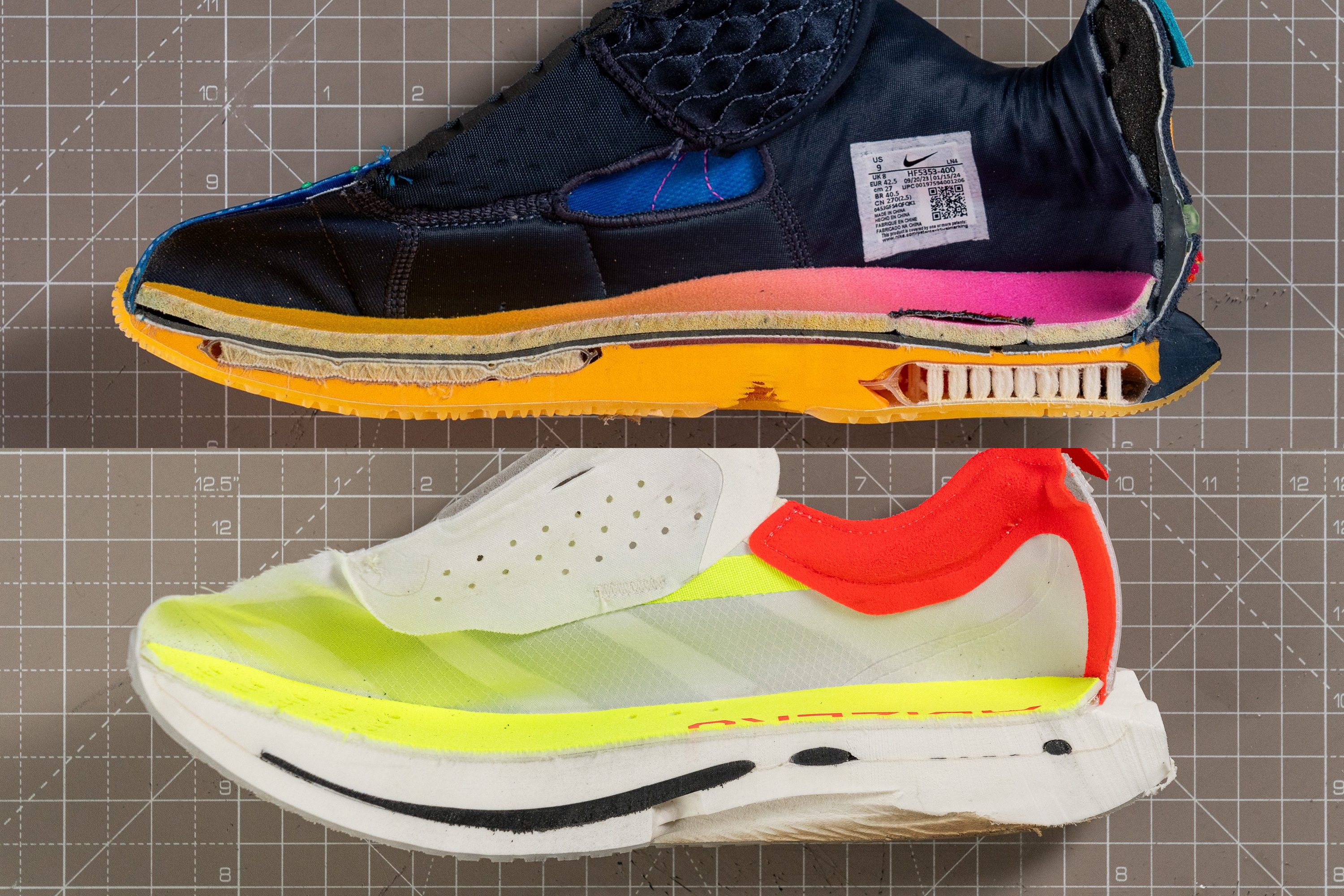
Choosing the best basketball shoes for you
The choice and variety of basketball shoes today is dizzying.
Some shoes offer abundant cushioning to support the most explosive vertical jumps, others encourage speed with their lightness, traction, and court feel. Depending on your playing style, athletic profile, and personal preferences, you may prefer some shoes features above others.
We are here to help you narrow down the choices by sorting all hoop shoes by the folowing characteristics:
- Ankle support
- Cushionng
- Traction
- Weight
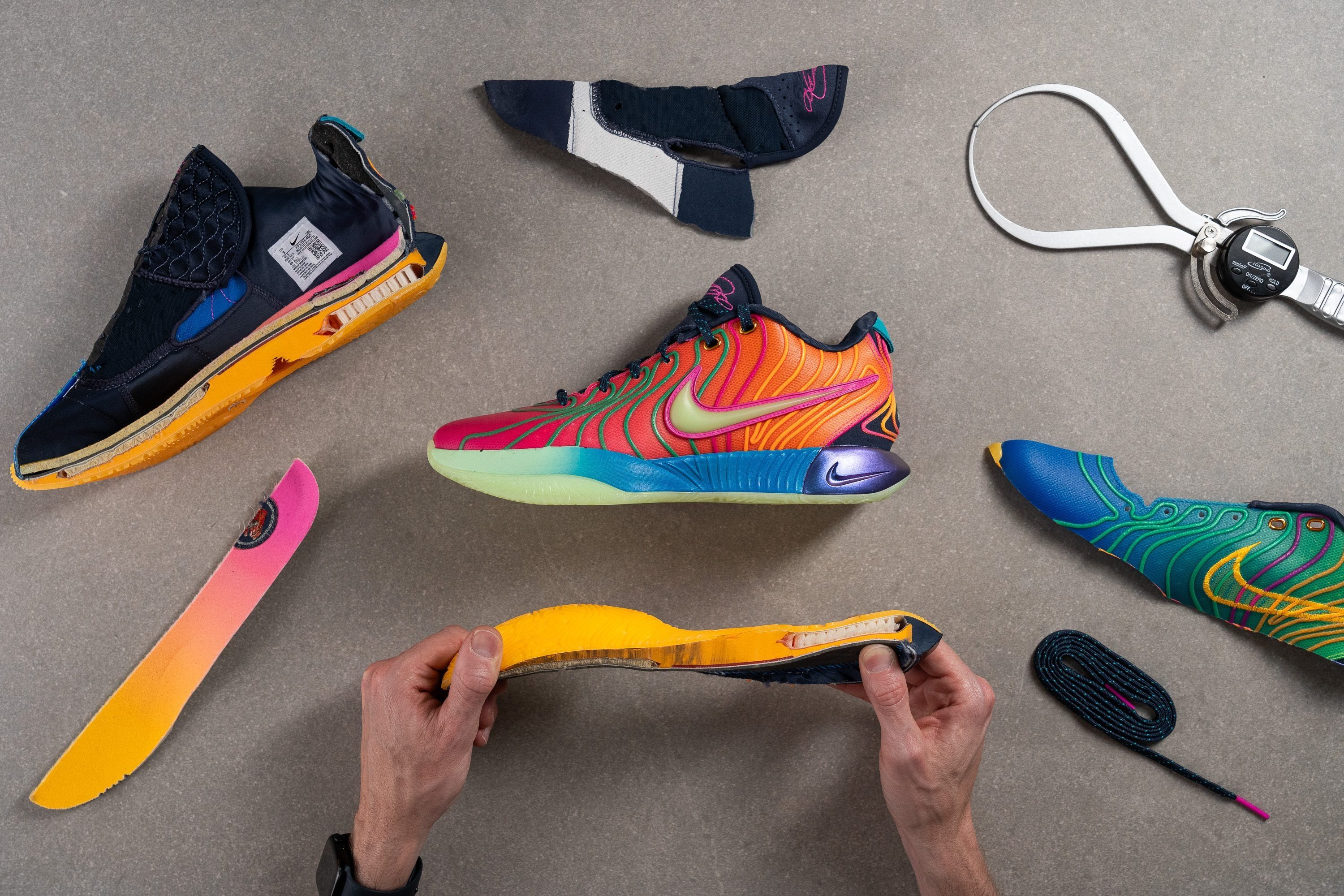
Ankle support in basketball shoes
Who will benefit?
- ballers with a history of ankle injuries
- guards and forwards with forceful lateral movements
- folks with flat feet and/or overpronation
- big guys and centres
Up until 2008, high-collar basketball shoes were synonymous with ankle support. But it all started to change with the introduction of Kobe Bryant's first low-top signature shoe.
Low-tops quickly gained popularity among agile players whose playing style revolved around quick direction changes. This is all thanks to the greater freedom of ankle movement that they allow.
The trend went even further as LeBron James himself introduced the first low-top LeBron 20 in 2022.
In our extensive research of over 30 studies on the topic, we found NO scientific evidence proving that the height of a basketball shoe collar affects athletic performance or the change of ankle/foot injury.
But if it's not collar height that gives better ankle support in a basketball shoe, then what does? Here is what you should look for in a hoop shoe if you want to feel well supported:
- High torsional rigidity
- Stiff heel counter
- Wide base with an outrigger
- Grounded platform
- Secure lockdown
- Solid traction
We rely on both manual assessment and measurement tools to check all these features in every basketball shoe in our lab.
See our guide on the best basketball shoes for ankle support, where we provide more detailed information on the topic and highlight our top picks in this supportive category.
Cushioning in basketball shoes
It is a rule of thumb that agile guards need a more intimate foot connection with the court, while powerful forwards and centres need tonnes of cushioning. But there is also a lot of grey area in between because, after all, every player needs enough shock absorption to last all four quarters.
A well-cushioned shoe will help you land safely on the way down from a vertical jump and will also ensure impact protection as you drive to the basket or stop abruptly to change direction.
We measure the shock absorption of each hoop shoe in our lab to let you know how much underfoot cushioning to expect in both the heel and the forefoot. The higher the SA score, the more impact is absorbed by the shoe's platform, protecting the player's legs and joints.
This is particularly important for:
- bigger players and centres
- athletes with joint pain or a history of injuries
If, on the other hand, you prefer a more grounded experience with a more direct foot-to-court connection, you will appreciate shoes with low SA measurements.
Shifty guards and forwards who rely on quick cuts, pivots, and direction changes are likely to prefer this type of shoes.
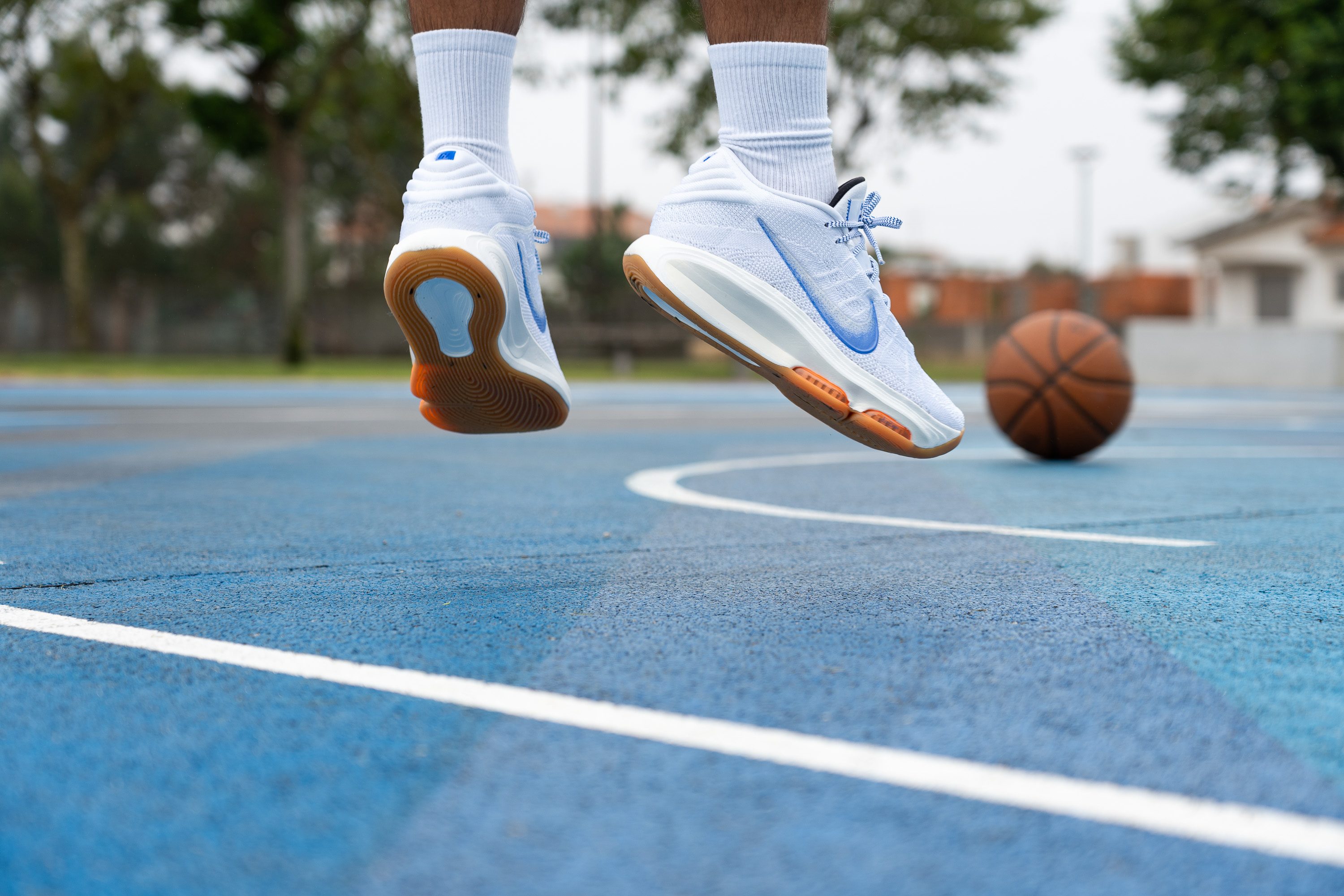
Energy return is another important cushioning component to consider. Whenever you catch a rebound, block a shot, or, perhaps, attempt a dunk, a hoop shoe should not drag you down on a max vertical jump.
Basketball shoes with a higher energy return create a springy platform that makes jumps feel more effortless.
Shoes with both high shock absorption (80 SA or more in the forefoot) and energy return (60% or more in the forefoot) make it to our catalogue of basketball shoes recommended for jumping.
Traction in basketball shoes
Multiple studies have shown that outsole traction plays a crucial role in any player's performance on the basketball court (sprints, jumps, cuts, in particular). In fact, the lack thereof can be detrimental.
That's why we follow the industry's acclaimed SATRA TM144 grip testing method to provide the most objective and scientific data on each shoe's outsole traction.
The fiction is measured in the forefoot, mimicking the player's stopping motion, to recreate the most slip-prone movement in basketball. Also, the test is done on a piece of Level 1 FIBA-approved court flooring.
For more detailed information on the topic, see our guide on basketball shoes with the best traction.
Lightweight basketball shoes
Who will benefit?
- guards and forwards with nimble playing styles
- shorter and lighter guys
When you move in and out of the paint in a matter of seconds, perform fast breaks, backdoor cuts, or sprints, a heavy shoe is the last thing you want on your feet.
Studies also show that lighter basketball shoes have a positive effect on both sprint performance (1.6%) and jump execution (2.1%).
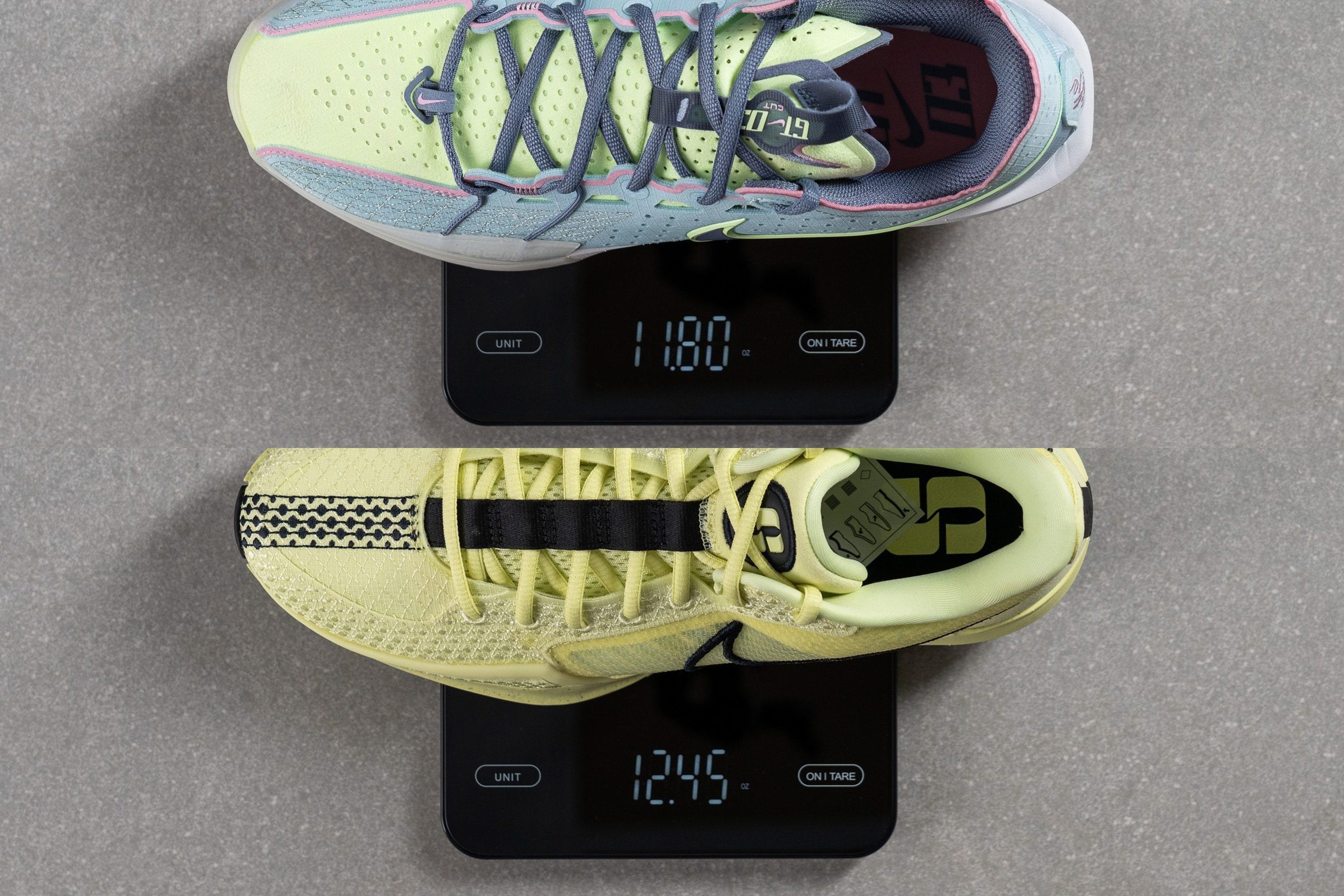
To provide consistent and comparable data, we weigh all shoes in the same size - men's US size 9 (equivalent to women's US 10.5).
Indoor or outdoor: get the right hoop shoe
The basketball shoe industry is largely driven by the NBA. As such, brands rarely release shoes that are deliberately meant for outdoor hooping.
But if you often play outdoors, here are a few characteristics of an outdoor-ready shoe:
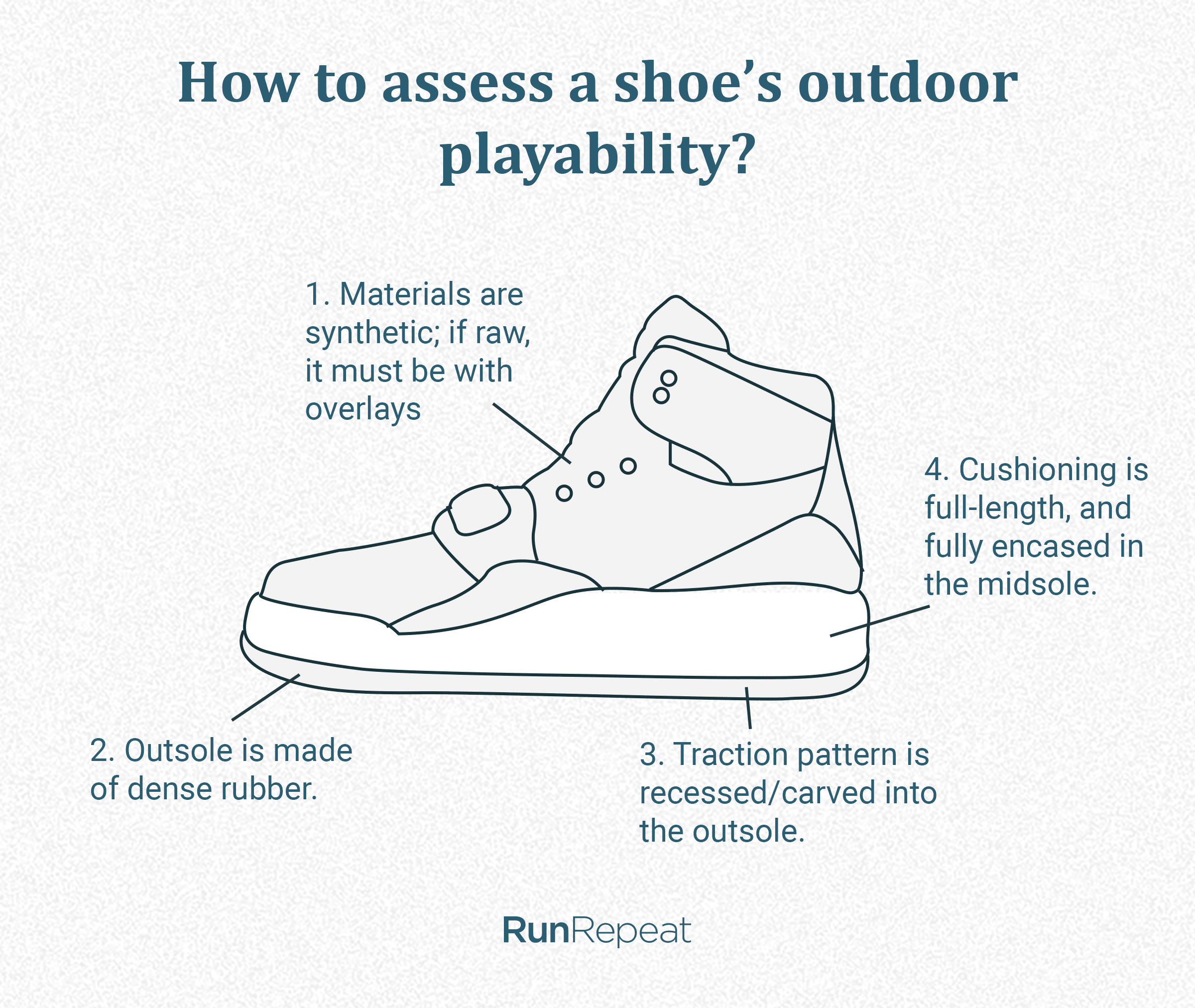
We keep a category of hoop shoes that are suitable for outdoor courts in a separate category for your convenience. Before approving a shoe for outdoor use, we perform a series of tests on its outsole:
- Wear resistance of the rubber
Using a Dremel with a sandpaper tip, we ruthlessly drill the shoe's rubber at 10K RPM speed. We then use a tread gauge to measure the depth of the newly formed dent—the shallower the dent, the better the abrasion resistance. For outdoor use, we look for dents a maximum of 1.0 mm deep.
- Thickness of the outsole
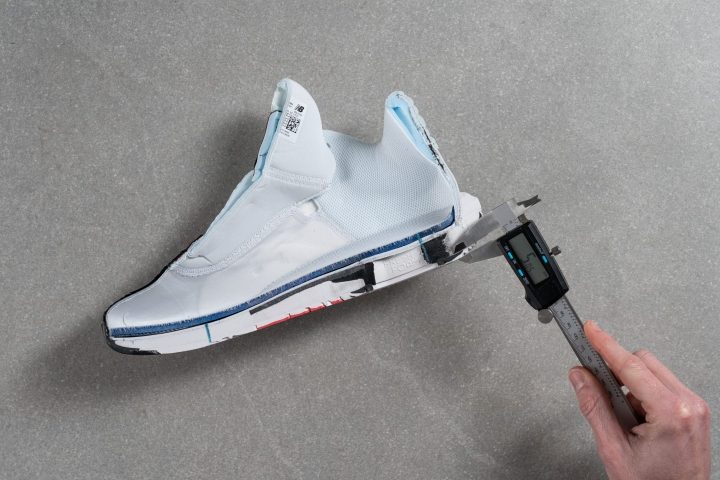
We also look for at least 3 mm of outsole thickness to call a basketball shoe outdoor-ready.
- Tread pattern
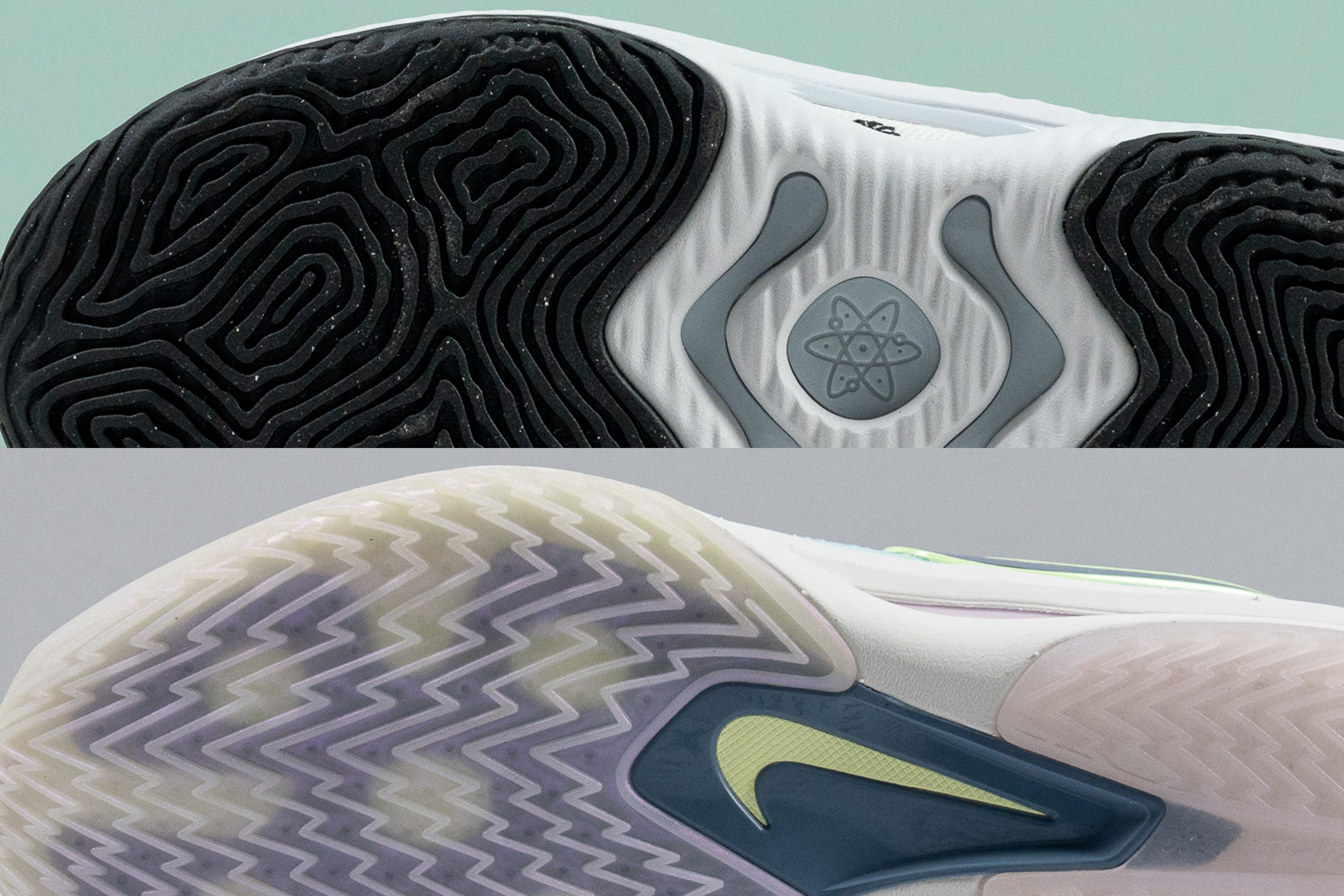
The shape and thickness of the shoe's tread pattern are considered as well. You want to choose thick and recessed lugs for the blacktop as they won't wear off or peel away as fast as the sharp ones.
Basketball shoes for guards, forwards, and centres
Let us start by saying that this categorization is very vague. As the sport evolves, players are moving away from fixed positions and the corresponding clear-cut basketball shoe designs. We are seeing lighter folks playing centres and shifty guards reaching for sturdier and more supportive shoes. At the end of the day, your shoe choice is your personal preference.
So why do you need this section then?
By putting all the shoes we've tested into three baskets (pun intended), we hope to provide some brief guidelines to beginner players who may be lost in numerous options to choose from.
Because each basketball position involves certain types of court movements, athletes will find that some shoes benefit their playing style more than others.
Guards
Guards tend to be more agile, shifty, and aggressive on the court which calls for the following basketball shoe features:
- strong multi-directional traction (to support their quick and shifty playing style)
- responsive midsole (lower stack for better court feel and speed)
- solid side support (for lateral cuts, crossovers, pull-up jumpers)
- light/bottom-light shoes (to keep up with the nimble footwork)
Famous guards: Stephen Curry, Kyrie Irving, James Harden, Damian Lillard, Derrick Rose, Luka Doncic, Allen Iverson, Russell Westbrook, LaMelo Ball, Trae Young, Ja Morant
Forwards
Forwards are highly versatile players who contribute both offensively and defensively. They shoot both from far away and close up, throw passes, perform rebounds, and take layups. Thus, they should expect the following features from their hoop shoes:
- strong multi-directional traction (for every possible court situation)
- great cushioning and impact protection (be it driving toward the basket for a shot or performing the highest vertical jumps)
- solid ankle support (to feel confident and surefooted)
Famour forwards: LeBron James, Zion Williamson, Jayson Tatum, Kevin Durant, Paul George, Giannis Antetokounmpo, Jayson Tatum.
Centres
Most often the biggest players on the team, these guys and gals swat away shots from the opponent, catch rebounds, and perform aggressive post-ups.
Traditionally, this position involved attacking and defending only at the rim, but the modern game demands centres to be more versatile, both near the basket and further away from it. That's why you can see more shoes in the grey area that can work for both forwards and centres.
Here is what you should look for in a perfect basketball shoe for centres:
- tonnes of impact protection (even though centres tend to get lighter, these folks rarely weigh lighter than 240 lbs (110 kg) and they do need that cushioning to manage stress on the joints)
- high-end stability (to maintain balance during intense plays)
- strong ankle support (to prevent injuries during physical encounters under the hoop)
- mid-top collar (even though higher collars don't prevent ankle sprains, big guys still prefer high collars for braces or to feel extra material around the ankle)
Famous centres: Nikola Jokic, Joel Embiid, Shaquille O’Neal
Finding the best size and fit in basketball shoes
Of course, getting the right basketball shoe size is essential to maximising your performance. But what’s not so obvious are the factors that affect your size-related decisions.
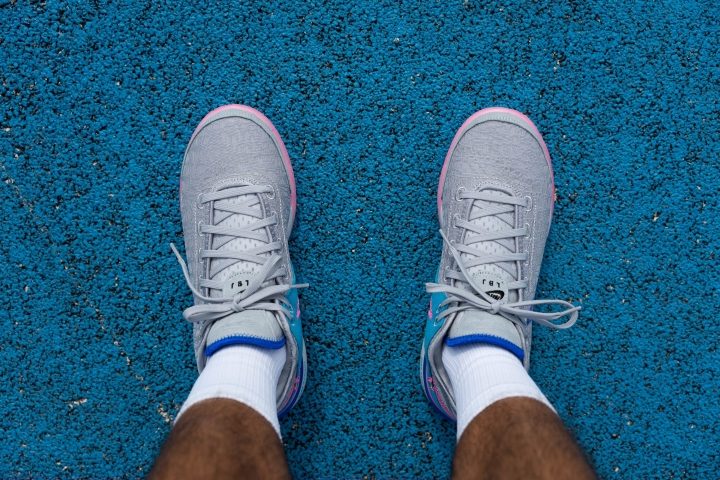
Even within the same brand, different basketball shoe models can have a different amount of internal space.
We measure the width in 2 places, where the shoe is the widest and at the big toe. We do this because hoopers may need more room in different places, depending on the shape of their feet.
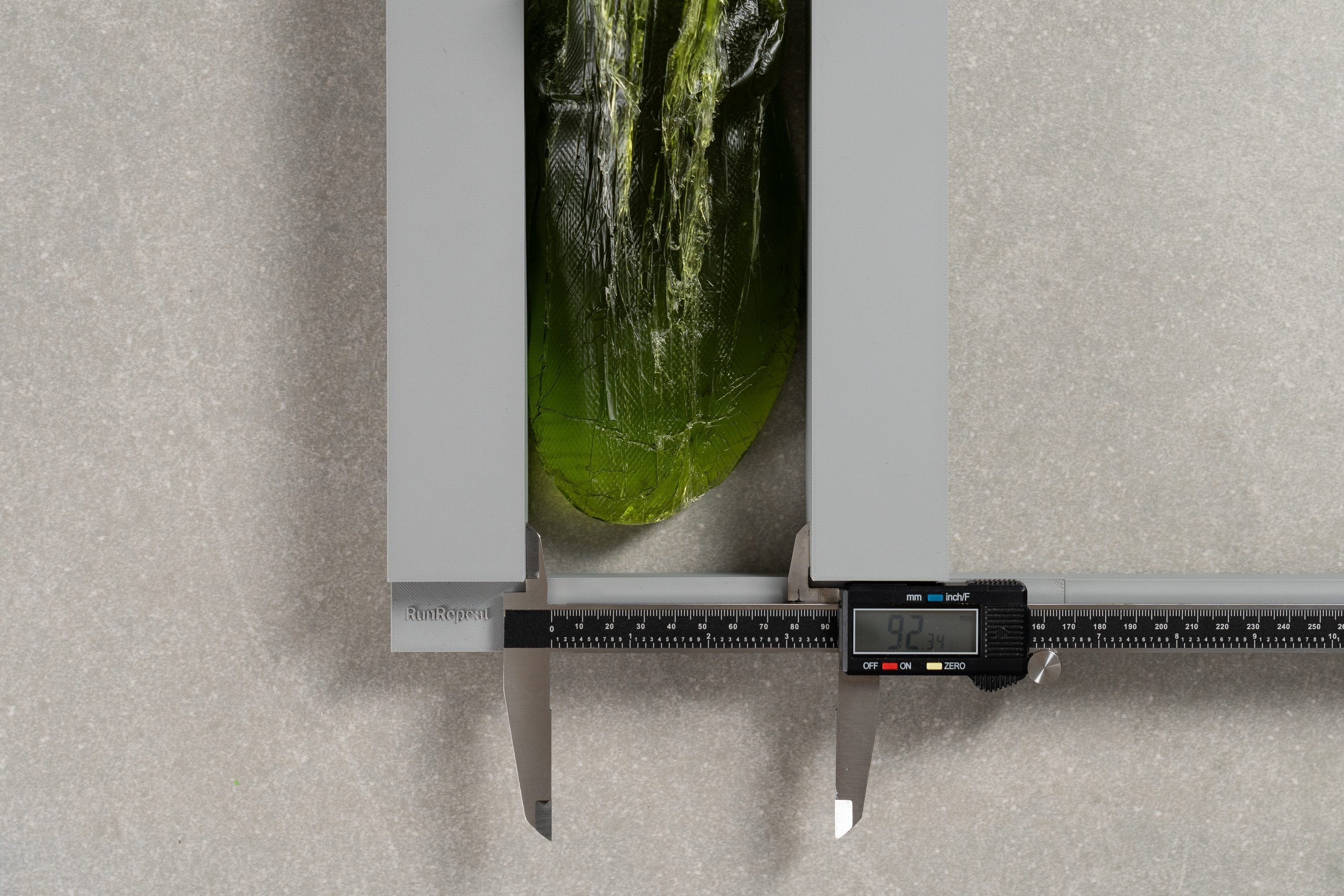
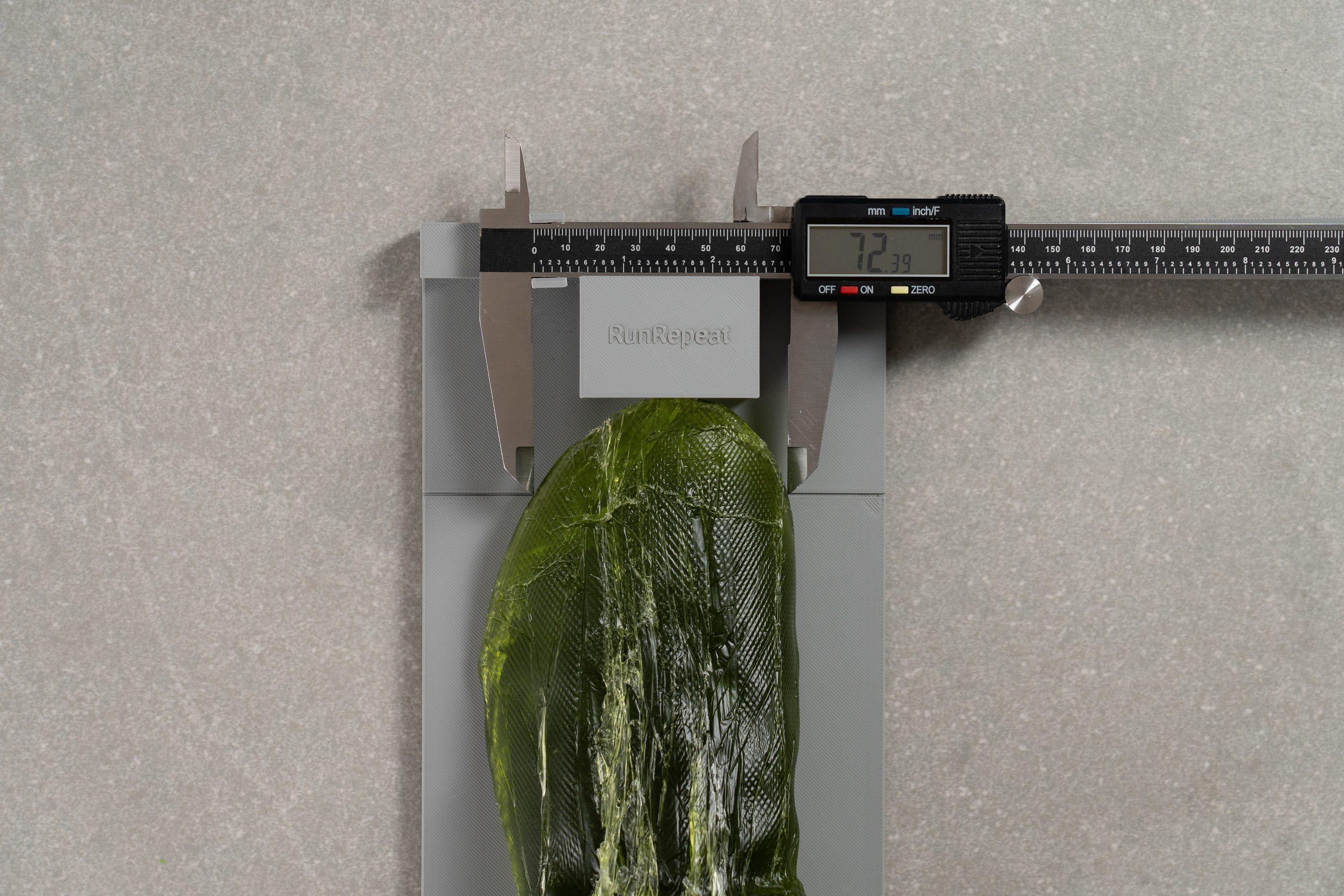
And, we don't stop there! We cut the gel mould in half lengthwise and measure the toebox height. This allows players with big toes pointing up to find a toebox that won't put pressure on their nails and toes.
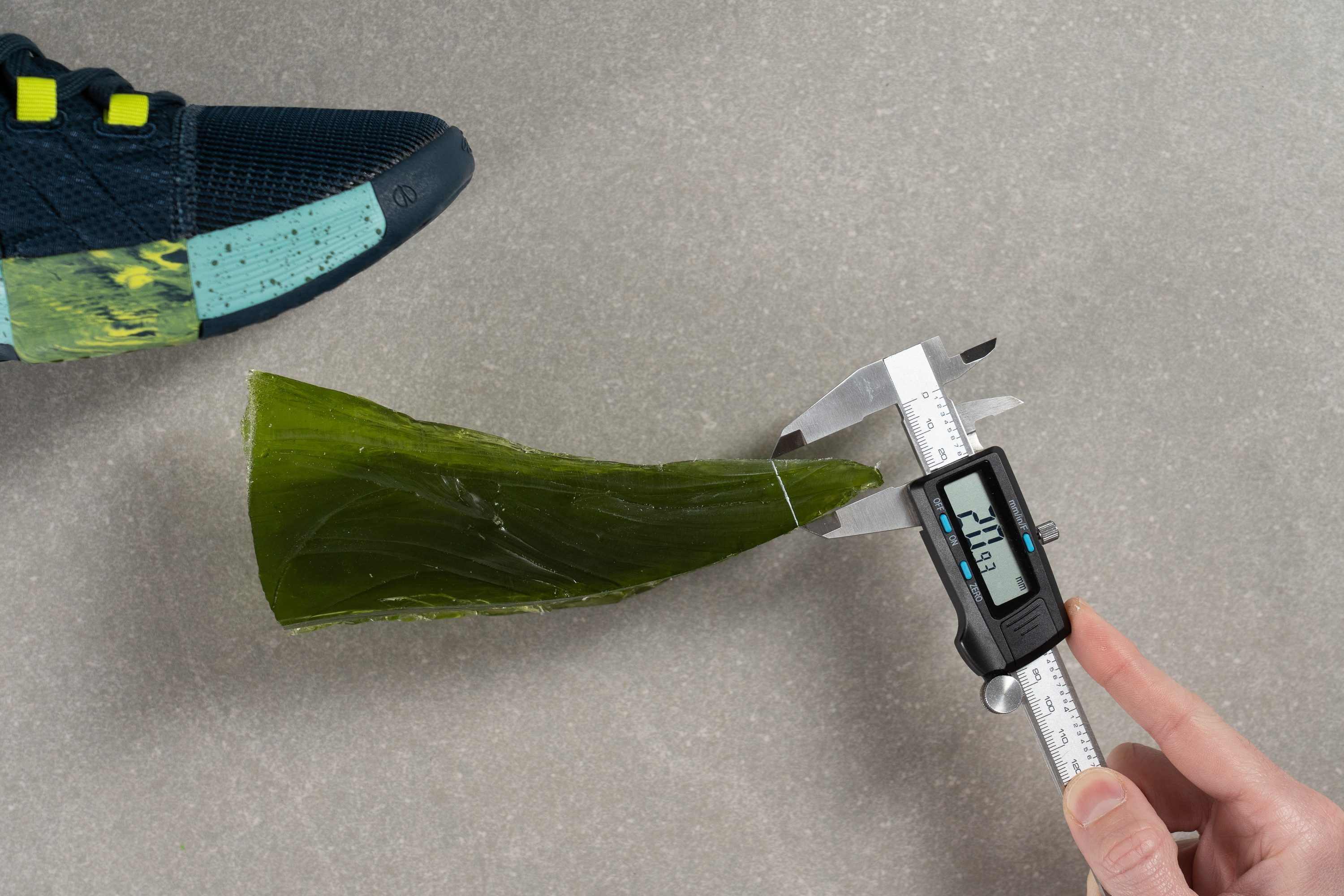
For all the big guys out there, here is our list of the roomiest basketball shoes.
You might as well want to check New Balance basketball shoes in wide (2E) width. According to the brand's size and width chart, the men's 2E width offers an additional 3-4 mm of width compared to the standard D medium width. It is one of those very few brands that release hoop shoes in multiple widths.

